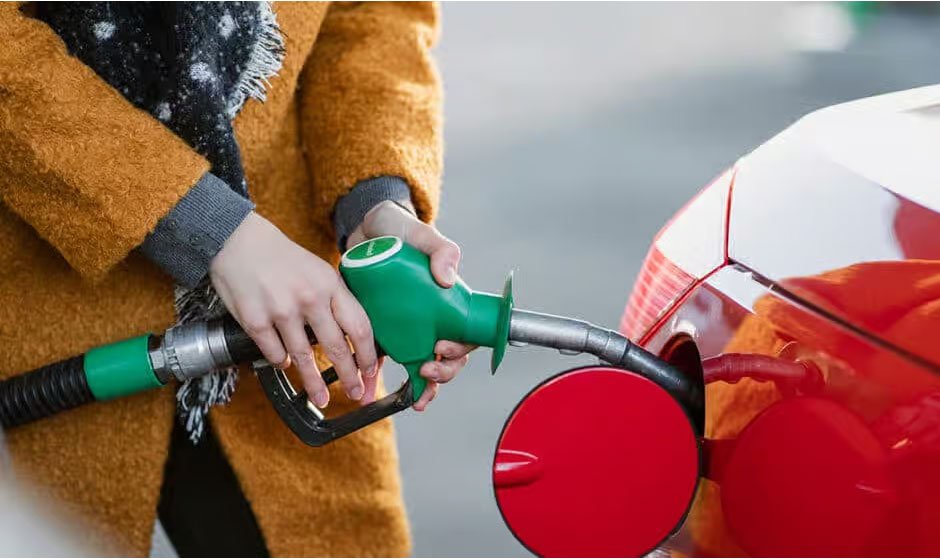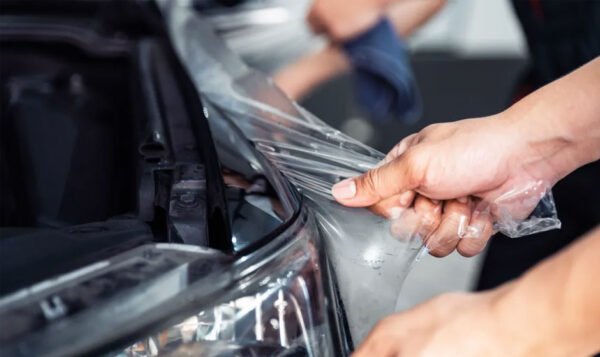Tips for Increasing Fleet Fueling Efficiency

You can manage your fleet’s costs by improving fleet fueling efficiency. Increased efficiency can allow your fleet to operate for longer without needing to refuel, saving you money. It can also minimize fleet disruptions. Here are some tips for increasing efficiency:
Choose On-Site Fleet Fueling
You can improve fueling efficiency by getting your provider to fuel your fleet on your business premises rather than going to gas stations. This can save your drivers time, especially if they must drive a distance away from their scheduled routes to access gas stations. With on-site fleet fueling, you can refuel your vehicles as drivers prepare their deliveries, minimizing downtime. You can also ask your provider to refuel your fleet at pre-determined locations if they have multiple stations. On-site fueling allows you to stick with one provider. This can give you more control over your finances, as you’ll likely get gas at a pre-determined cost, which isn’t always possible when fueling at gas stations.
Use Fuel Tracking Technology
Incorporate telematics into your vehicles to help you understand your fuel consumption. Fleet telematics often contain fuel diagnostic, GPS tracking, and real-time communication features, allowing fleet managers to determine their vehicles’ fuel usage and communicate with drivers while on the road. You can determine how much fuel your vehicles consume on different routes, allowing you to identify cost-saving options. Telematics can also help you manage fuel theft by alerting you when gas levels decrease faster than expected. Some managers also invest in technologies that allow them to monitor diesel exhaust fluid (DEF) levels, which can facilitate proactive refills and minimize fleet disruptions.
Maintain Your Fleet
Maintaining your vehicles can reduce your fuel consumption by up to 10%. This means covering longer distances without needing to refuel. Regularly monitor your tire pressure. Under-inflated tires force vehicles to work harder and consume more fuel. Refer to the tire pressure specifications provided by your vehicles’ manufacturers to increase fuel economy. Also, maintain your engines frequently to prevent them from wasting fuel. Partner with reputable fleet mechanics to help keep track of your vehicles’ maintenance.
Provide Efficient Driver Training
Your drivers can improve your fuel economy significantly if you train them on fuel-efficient driving practices. One such practice is not leaving engines idling, even when making small pit stops. Leaving an engine idling can cause fuel wastage, preventing a vehicle from reaching its pre-determined fueling station. Drivers should also know not to brake or speed up suddenly, as this can cause high fuel consumption. Gradual braking or acceleration promotes safety and optimizes fueling efficiency. Advise drivers to limit the use of four-wheel drive if their vehicles allow them to switch from two-wheel drive to four-wheel drive. This can minimize gas consumption.
Choose Suitable Routes
Your routes can determine how much gas your fleet consumes. Choose the most efficient routes to increase fuel economy. An efficient route will typically have flat terrain, minimal traffic, a few stoplights, and minimal turns. Ask your drivers to use varying routes when making deliveries, and analyze your telematics reports. These reports can help you identify the best routes by showing how much time is spent in traffic, miles driven, and your overall fuel consumption across different routes.
Implement Efficient Temperature Control Measures
Many fleets experience notable increases in fuel consumption during the summer. This often results from increased air conditioning usage. The harder your air conditioning works, the more your drivers will need to refuel. Ask your drivers to crack their windows instead of rolling them all the way down when it’s too hot. This helps to contain the cool air within their vehicles, preventing their AC units from overworking. You can also manage consumption by asking the drivers to turn their units off whenever possible. Provide incentives for promoting such practices to encourage drivers to follow your recommendations. You can introduce bonuses to reward drivers for fuel saved per mile.
Implement These Tips to Improve Your Fleet Fueling Efficiency
Your fueling efficiency can impact your bottom line, as gas remains a significant expense for fleets. Find a fueling partner willing to help you manage costs through strategies like on-site or mobile fleet fueling. Invest in fuel monitoring technology to help you identify areas that need improvement.



